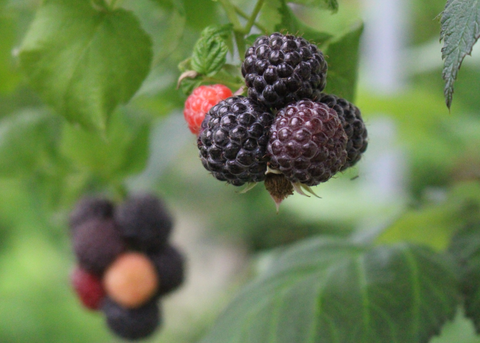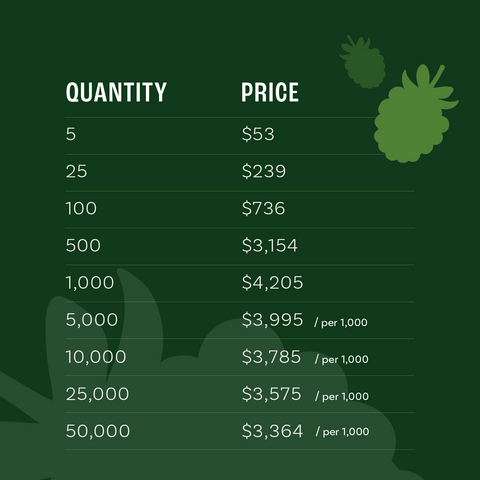

Nourse Farms
No reviews
No reviews
Shekinah 'Tahi' Black Raspberry
Home Gardener
Title
Introducing Shekinah Tahi: the first-ever spineless black raspberry variety! This groundbreaking berry offers large, luscious fruit with a stunning deep black hue. While the berries grow in tight clusters, making them slightly challenging to pick, the absence of spines ensures an effortless and pain-free harvesting experience. Pruning has never been easier! Shekinah Tahi is a robust and vigorous plant, perfect for passionate home gardeners looking to add a unique and hassle-free berry to their garden.
- Why Choose Shekinah Tahi? Shekinah Tahi is a robust and vigorous plant, perfect for passionate home gardeners looking to add a unique and hassle-free berry to their garden.
- What to Expect: his groundbreaking berry offers large, luscious fruit with a stunning deep black hue. While the berries grow in tight clusters, making them slightly challenging to pick, the absence of spines ensures an effortless and pain-free harvesting experience.
- Recommended Growing Zones: Shekinah Tahi is best suited for hardiness zones 5–8.
U.S. Patent Pending
Characteristics
Additional Resources
FAQs